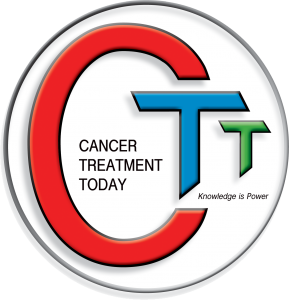Dyskeratosis congenita: Stem cell transplantation – pro
Stem cell transplantation for Dyskeratosis Congenita is in clinical trials, f.e.: Stem Cell Transplant (SCT) for Dyskeratosis Congenita or SAA, NCT00455312. This is an open label, single arm, phase II clinical trial designed to evaluate the safety and efficacy of the treatment regimen. Efficacy will be measured by long-term engraftment of the transplanted cells. The primary endpoint of neutrophil engraftment is defined as an absolute neutrophil count (ANC) >5 x 108/L (first of three consecutive laboratory measurements on different days) with at least 10% donor cells by day 100. We will evaluate the proportion of success (P) and its 95% confidence interval (CI) for the entire group. The null hypothesis of 90% engraftment will be rejected if 4 or more patients fail to engraft out of 15 evaluable patients. The secondary endpoints of regimen related mortality, acute and chronic graft-versus-host disease (GVHD) and secondary malignancies will be estimated by cumulative incidence treating non-event deaths as a competing risk. Survival will be estimated by Kaplan-Meier methods. Immune reconstitution will be summarized with descriptive statistics.
that This is an open label, single arm, phase II clinical trial designed to evaluate the safety and efficacy of the treatment regimen. Efficacy will be measured by long-term engraftment of the transplanted cells.The primary endpoint of neutrophil engraftment is defined as an absolute neutrophil count (ANC) >5 x 108/L (first of three consecutive laboratory measurements on different days) with at least 10% donor cells by day 100. We will evaluate the proportion of success (P) and its 95% confidence interval (CI) for the entire group. The null hypothesis of 90% engraftment will be rejected if 4 or more patients fail to engraft out of 15 evaluable patients. The secondary endpoints of regimen related mortality, acute and chronic graft-versus-host disease (GVHD) and secondary malignancies will be estimated by cumulative incidence treating non-event deaths as a competing risk. Survival will be estimated by Kaplan-Meier methods. Immune reconstitution will be summarized with descriptive statistics.
A 2014 review paper by Fernandez Garcia concluded that DC patients usually die of BMF due to deficient renewing capability of hematopoietic stem cells (HSCs). Allogeneic hematopoietic stem cell transplantation (allo-HSCT) is the only curative treatment for BMF in patients with DC.8 Historically, HSCT was associated with significant morbidity and mortality for these patients. However, the utilization of new transplant regimens with better tolerance is resulting in improved outcomes.
With that, I had not been able to find reports of repeated stem cells transplant after failure and it appears to be an experimental approach at this time.
Fernández García MS, Teruya-Feldstein J. The diagnosis and treatment of dyskeratosis congenita: a review. J Blood Med. 2014;5:157-167.
Francesca Fioredda Simona Iacobelli Elisabeth T. Korthof Cora Knol Anja van Biezen et al, Dyseratosis congenita. BJH Volume183, Issue1October 2018
Pages 110-118
